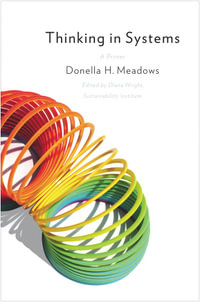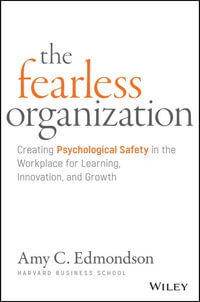| Introduction | |
| Introduction | |
| Real prediction for real performance | |
| Passengers and Public: Wayfinding, accessibility, inclusive design and passenger information systems | |
| 'Euston station and beyond' | |
| Improving the content and placement of anti-trespass signs | |
| Travel information vs commercial signboards: the battle between travel and shopping | |
| Driver Performance and Workload | |
| Assessing the impact of increased numbers of CCTV images on driver only operation of a train | |
| Understanding driver route knowledge | |
| Robot trains: results of focus groups with remote control operators in the United States and Canada | |
| Driving and Cognition | |
| Cognitive workload of train drivers | |
| Train drivers and fatal accidents on the rails: psychological aspects and safety | |
| The cognitive tasks of the driver: the approach and passage through diverging junctions | |
| A train driving simulator experiment to investigate driver fault diagnosis | |
| Train Cab and Interfaces: Simulation and Design | |
| An ergonomics methodology for retrofitting equipment in train cabs | |
| The Waterfall train accident: implications and lessons learnt | |
| Determining user requirements for a human factors research train driver simulator | |
| A facility for testing ERTMS/ETCS conformity and human factors | |
| Cardboard to computers: an evolution of design visualisation | |
| Routes, Signage, Signals and Drivability | |
| Early route drivability assessment in support of railway investment | |
| Development of a route assessment checklist tool for train operators | |
| Informing signage positioning rules through a human factors assessment of signal/sign co-location | |
| Signalling and Control of the Railway | |
| Mental workload assessment and the development of the operational demand evaluation checklist (ODEC) for signallers | |
| Supervision in signal boxes | |
| Prediction of signaller workload | |
| Collecting human factors attitudes and opinions from signallers: development and use of REQUEST (the railway ergonomics questionnaire) | |
| Ergonomics assessment of lever operation in mechanical signalling | |
| From the horse's mouth: the contribution of subject matter experts (SMEs) to study of rail work systems | |
| Work analysis and distributed cognition representation of integrated rail operations | |
| Planning for the Railway | |
| Planning, reasoning and patterns of inferences: an empirical study into the reasoning of staff planners in the Netherlands Railways | |
| Implementation of a test system for evaluation of new concepts in rail traffic planning and control | |
| Task oriented support for train shunting planning | |
| Engineering Work and Maintenance | |
| Understanding the underlying causes of procedures violations and developing effective preventative strategies | |
| Human factors in the management of engineering possessions: the roles of the engineering supervisor and PICOP | |
| Human factors integration for the computerised track access control system | |
| Level Crossings | |
| The impact of aggressive driving on the design of level crossing safety measures | |
| Human factors issues at level crossings: a reference tool for inspectors | |
| Human factors in the upgrading of railway control equipment | |
| The effect of a level crossing upgrade on signaller workload and staffing requirements: a case study | |
| Accidents and Safety | |
| Maximising information: an effective interview technique for investigators in the rail industry | |
| Changing safety critical communications behaviour | |
| Safety climate in Australian railways | |
| The Waterfall train accident: the critical role of human factors | |
| The role of communication errors in railway incident causation | |
| Human Error and Human Reliability | |
| Assessing the potential for human error in level 4 rail vehicle maintenance | |
| Generic human reliability assessment for railways: results | |
| The development and application of a rail human reliability assessment tool | |
| Improving the predictive power of an existing human reliability assessment method | |
| SPADs - Signals Passed at Danger | |
| The impact of returning from rest days on SPAD incidents | |
| Driver assessment of the effectiveness of SPAD mitigation measures | |
| Predicting the causes of SPAD incidents | |
| Human Factors Integration and Standards | |
| Integrating ergonomics into engineering and engineering into ergonomics | |
| Focussed and effective human factors integration programmes for railways | |
| Experience of rail human factors in Hong Kong | |
| Impairments to Performance | |
| The prevalence of obstructive sleep apnoea syndrome (OSAS) in train drivers | |
| Fatigue management on the operational; railway: developing a strategic approach | |
| Alcohol and drugs as risk factors in railway traffic | |
| Research on fatigue and mental workload of railway drivers and traffic controllers | |
| Fatigue and shift work in UK train drivers | |
| Competencies, Training and Procedures | |
| Educational activities in relation to affective commitment, voluntary turnover, perceived inner motivation and work effort | |
| Management toolkits: solutions for rule compliance | |
| Rules management: how to achieve flexible guidance for safe railway operations | |
| Index | |
| Table of Contents provided by Publisher. All Rights Reserved. |
























